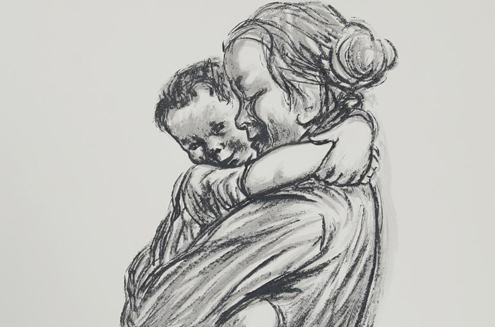Non Fiction Reading Anthology
Paper 1: Section A- Reading – study and analyse selections from a range of texts
Content
Students should read a variety of high-quality, challenging texts, in preparation for responding to unseen extracts in the examination. They should be able to read substantial pieces of writing, including whole and extended texts that make significant demands in terms of content, structure and the quality of the language. Throughout the qualification, students should develop the skills of interpretation and analysis.
Text types studied should include a range of forms, such as fiction, poetry, journalism (for example articles and reviews), speeches, journals and reference book extracts.
Text types should also include literary non-fiction texts, such as selections from autobiography, letters, obituaries and travel writing. These lists are not exhaustive.
Texts that are essentially transient, such as instant news feeds and advertisements, will not form part of the assessment.
The sample texts that have been produced in this Anthology are based loosely around eight themes to allow for comparison and they illustrate the range of genres described above including fiction and some poetry. Students should build up in their learning a wide portfolio of sources that they can use beyond this in preparation for the exam.
Within the Anthology, towards the back, there is a discussion on how to use this material effectively in the classroom and in assessment and one partial sample set of questions with indicative content for each theme.
How to use unseen textual material effectively in the classroom
Some…
